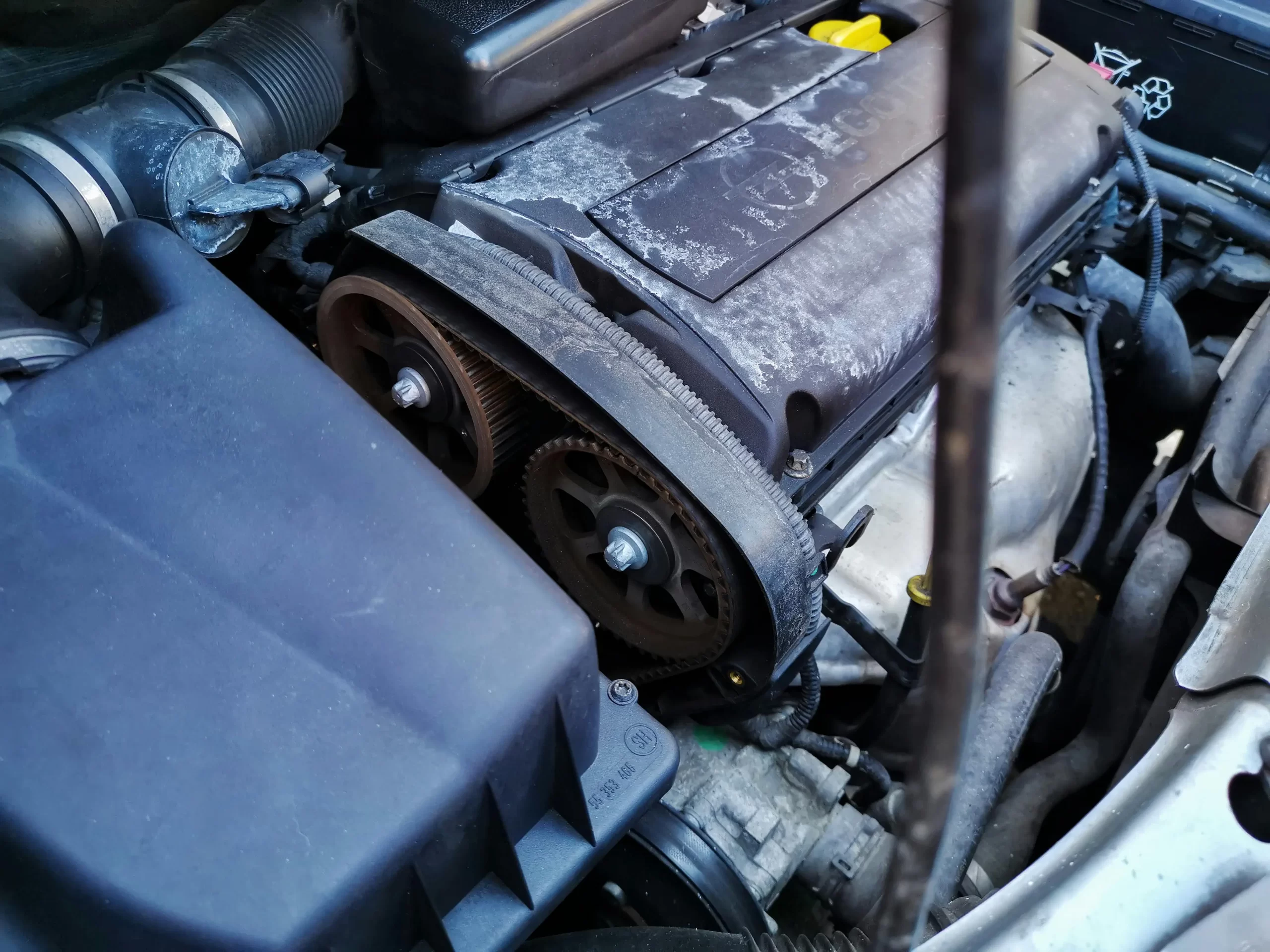
Your vehicle’s timing belt plays a critical role in keeping your engine running smoothly. It synchronizes the rotation of the crankshaft and camshaft, ensuring that the engine’s valves open and close at the right times. If the timing belt fails, it can cause severe — and often catastrophic — engine damage. Knowing when to replace your timing belt is essential for maintaining the health of your vehicle and avoiding costly repairs.
What Is a Timing Belt?
The timing belt is a reinforced rubber belt that controls the timing of your engine’s valves. It ensures that the engine’s pistons and valves move in harmony, preventing collisions that could destroy the engine. Some vehicles use a timing chain instead, which typically lasts longer, but if your car has a timing belt, regular replacement is critical.
How Often Should You Replace the Timing Belt?
Most manufacturers recommend replacing the timing belt between 60,000 and 100,000 miles. However, the exact interval depends on your specific make and model. Some newer vehicles may have belts designed to last longer, while others might require more frequent replacement.
Always consult your owner’s manual or speak with a trusted mechanic to find the manufacturer’s recommended timing belt service schedule for your car.
Important: Timing belt replacement is often based on mileage or time — typically every 5 to 7 years — whichever comes first, even if you have not reached the mileage limit.
Why Timing Belt Replacement Matters
Replacing the timing belt on schedule is not just a suggestion — it’s crucial to protecting your engine. Here’s why:
1. Prevents Catastrophic Engine Damage
If the timing belt breaks while driving, your engine’s pistons and valves can collide. This can cause extensive damage, including bent valves, damaged pistons, and even a ruined engine block. In many cases, the cost to repair this damage is greater than the value of the car itself.
2. Avoids Expensive Repairs
Replacing a timing belt is far less expensive than fixing the damage caused by a broken one. A proactive replacement can save you thousands of dollars in repairs.
3. Maintains Optimal Performance
A worn timing belt can affect engine timing, leading to poor performance, reduced fuel economy, and increased emissions.
Signs Your Timing Belt May Need Replacement
In many cases, a timing belt can fail without warning, but some symptoms might suggest it’s time for service:
- Ticking or clicking noises from the engine
- Engine misfires or runs rough
- Oil leaking from the timing belt cover
- Difficulty starting the car
- Visible belt wear (if the belt is accessible for inspection)
If you notice any of these warning signs, have your vehicle inspected immediately.
Should You Replace Other Parts at the Same Time?
Often, it’s wise to replace additional components when you replace the timing belt, such as:
- Water pump
- Tensioners
- Pulleys
- Seals
Since these parts are located in the same area and require similar labor, replacing them together can save you time and money down the road.
Final Thoughts
Your timing belt is a vital part of your engine’s operation, and staying on top of its maintenance schedule is essential. Replacing your timing belt at the recommended intervals helps you avoid sudden breakdowns, major engine damage, and costly repairs. Always consult your owner’s manual or trusted mechanic to determine the right timing for your specific vehicle.
For more essential car maintenance tips and repair advice, explore the rest of our blog.






Leave a Reply